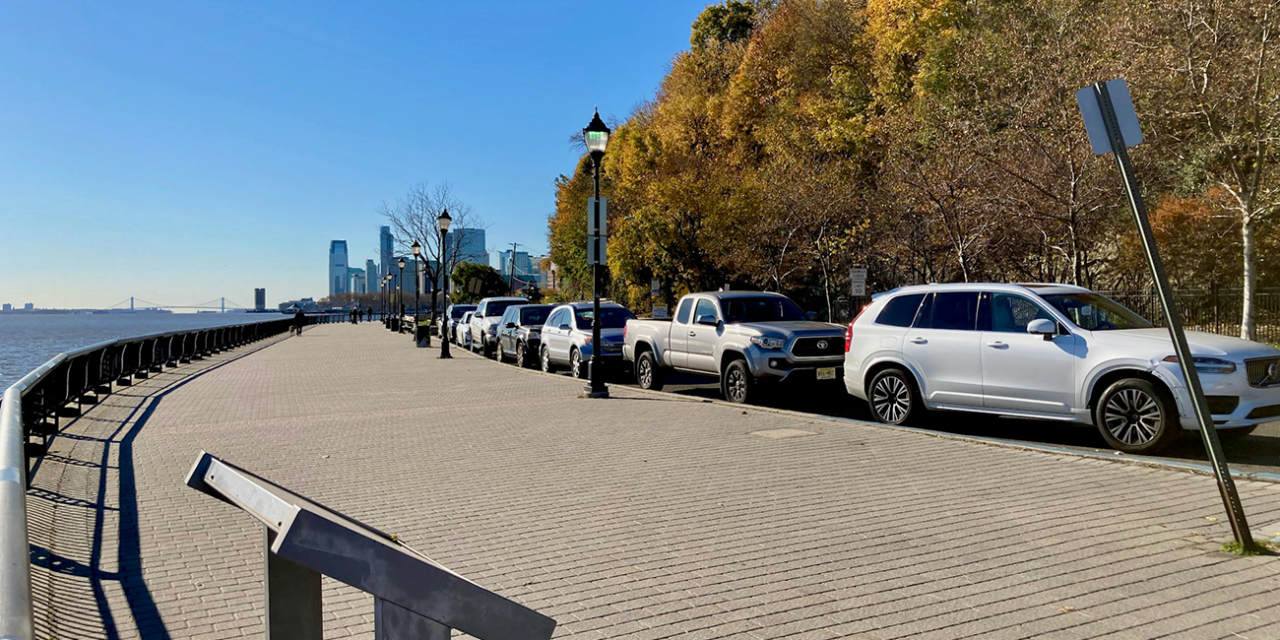Hoboken, New Jersey, is a city steeped in history and culture, known for its stunning waterfront, vibrant and really awesome arts scene, and as the birthplace of the legendary Frank Sinatra.
Hoboken’s evolution reflects a rich opera of change, growth, and resilience from its early days as a Dutch settlement to its modern status as a bustling urban center.
Table of Contents
The Early Days: From Lenape Lands to Dutch Settlement
Lenape Tribes
Before European settlers arrived, the area now known as Hoboken was home to the Lenape people.
- The Lenape lived in harmony with the land, engaging in fishing, hunting, and agriculture.
- Their deep spiritual connection and tie to the land is reflected in their traditions and way of life, which emphasized sustainability and respect for nature.
Dutch Colonization
In the early 17th century, Dutch settlers began to colonize the region, marking the beginning of Hoboken’s transformation.
- The area was purchased by Dutch West India Company official Michael Pauw in 1630 and named “Hobocan Hackingh,” meaning “land of the tobacco pipe” in the Lenape language.
- The Dutch established trading posts and farms, laying the groundwork for future development.
The Birth of a Modern City
Stevens Family Legacy
In the early 19th century, Hoboken experienced significant growth and development under the stewardship of Colonel John Stevens and his family.
- Colonel Stevens purchased much of Hoboken in 1804 and envisioned it as a residential community with parks and promenades.
- The Stevens family played a crucial role in the city’s development, establishing the Stevens Institute of Technology in 1870, which remains a prestigious engineering school to this day.
Industrial Revolution
The Industrial Revolution brought profound changes to Hoboken, transforming it into a major industrial and transportation hub.
- Hoboken’s strategic location along the Hudson River made it an ideal site for shipping and manufacturing.
- The city became home to numerous factories, shipyards, and warehouses, attracting a diverse workforce and fueling economic growth.
- The development of railroads and ferry services further cemented Hoboken’s status as a transportation nexus.
The Twentieth Century: Challenges and Resilience
Economic Shifts and Immigration
The early 20th century saw Hoboken facing economic shifts and an influx of immigrants.
- Waves of immigrants from Europe, particularly Italy, Germany, and Ireland, settled in Hoboken, contributing to its cultural diversity.
- The city’s waterfront was bustling with activity, with piers and docks handling vast amounts of cargo and passenger traffic.
- Despite economic challenges, Hoboken’s tight-knit communities and vibrant neighborhoods thrived, creating a unique cultural mosaic.
World War II and Beyond
World War II had a significant impact on Hoboken, with the city playing a crucial role in the war effort.
- Hoboken’s shipyards and factories were vital to the production of war materials.
- The city’s waterfront became a departure point for troops heading to Europe.
- Post-war, Hoboken faced economic decline as industries moved out and the waterfront fell into disrepair.
Modern Hoboken: A Renaissance of Culture and Community
Urban Renewal and Revitalization
The latter part of the 20th century and early 21st century marked a period of revitalization for Hoboken.
- Urban renewal projects transformed the waterfront into a vibrant area with parks, residential buildings, and cultural attractions.
- The city’s historic brownstones and cobblestone streets were preserved and restored, adding to Hoboken’s charm and appeal.
A Hub of Arts and Culture
Hoboken has emerged as a cultural hotspot, known for its arts scene, festivals, and music.
- The city hosts numerous events, including the Hoboken Arts and Music Festival, which draws visitors from across the region.
- Hoboken’s rich cultural scene includes galleries, theaters, and live music venues, reflecting its creative spirit.
Frank Sinatra: Hoboken’s Favorite Son
Early Life and Career
Frank Sinatra, one of the greatest and most incredible entertainers of the 20th century, was born in Hoboken on December 12, 1915.
- Sinatra’s early years in Hoboken were marked by his love for music and ambition to become a singer.
- He performed at local venues and gained a following before making it big on the national stage.
Legacy in Hoboken
Sinatra’s legacy continues to be celebrated in Hoboken, where he is fondly remembered and honored.
- Sinatra Park on the Hoboken waterfront is named in his honor, featuring stunning views of the Manhattan skyline.
- The city hosts events and tributes to Sinatra, celebrating his contributions to music and his enduring connection to Hoboken.
Q&A: Exploring Hoboken’s Rich Past and Present
Q: How did Hoboken’s early days as a Dutch settlement shape its development?
- The Dutch settlement laid the groundwork for Hoboken’s future growth, establishing it as a center for trade and agriculture.
- The strategic location along the Hudson River facilitated economic development and attracted settlers.
Q: What role did the Stevens family play in Hoboken’s history?
- The Stevens family significantly influenced Hoboken’s development, promoting residential and educational growth.
- Their establishment of the Stevens Institute of Technology has had a lasting impact on the city’s educational and technological landscape.
Q: How did the Industrial Revolution transform Hoboken?
- The Industrial Revolution turned Hoboken into a major industrial and transportation hub, attracting businesses and workers.
- The development of railroads and ferry services enhanced Hoboken’s connectivity and economic vitality.
Q: What impact did immigration have on Hoboken in the early 20th century?
- Immigrants from Europe contributed to Hoboken’s cultural diversity and enriched its social fabric.
- The city’s neighborhoods became vibrant cultural enclaves, reflecting the heritage of its diverse population.
Q: How has Hoboken revitalized its waterfront and urban areas in recent decades?
- Urban renewal projects have transformed the waterfront into a dynamic area with parks, residences, and cultural attractions.
- Preservation efforts have restored historic buildings and maintained Hoboken’s architectural charm.
Q: What makes Hoboken a cultural hotspot today?
- Hoboken’s thriving arts scene, festivals, and music venues attract visitors and foster a vibrant cultural environment.
- The city’s events and cultural institutions reflect its creative and community-oriented spirit.
Hoboken’s Future: A City of Promise
Hoboken, New Jersey, has journeyed from a humble Dutch settlement to a thriving urban center, reflecting resilience, diversity, and creativity. Its rich history, cultural vibrancy, and commitment to innovation continue to define its identity.
As Hoboken looks to the future, it remains a city of promise and potential. The ongoing efforts to balance development with preservation, foster community engagement, and celebrate cultural heritage will shape Hoboken’s trajectory in the years to come.
Hoboken’s story is one of continuous transformation and enduring charm. With each new chapter, the city reaffirms its place as a dynamic and welcoming community, ready to embrace the future while honoring its storied past.





